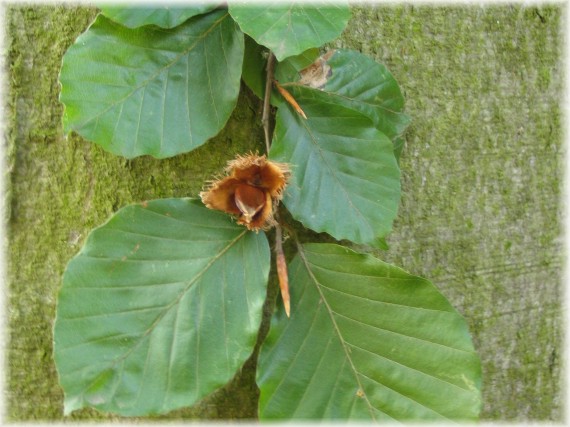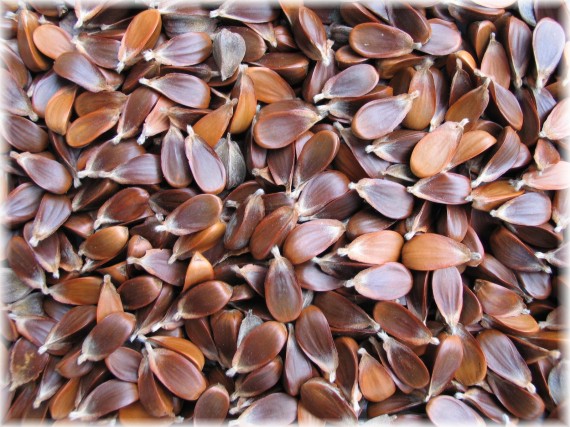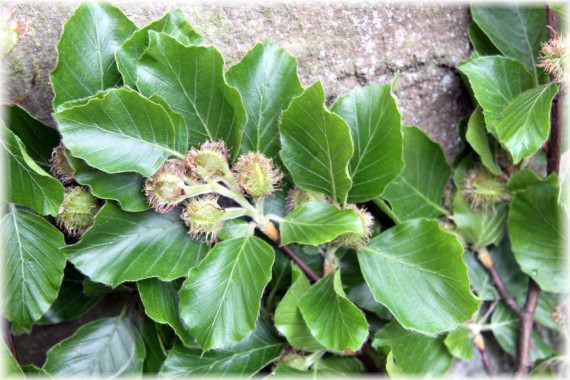Trees of the World
| English name: | EUROPEAN BEECH |  |
| Polish name: | BUK POSPOLITY | |
| Latin name: | Fagus sylvatica L. | |
| Natural habitat: |
Western, Central and Southern Europe |
|
| Heigth: |
up to 30, sometimes even up to 50 m |
|
| Characteristics: | It is one of the most beautiful of our forest trees. In southern and western parts of Poland it forms pure beech forests, sometimes it grows as a minor component in other forests. Bark on the trunk is thin, smooth and ash-gray. In autumn, the leaves beautifully turn yellow and brown-yellow. In young trees, the leaves often remain dead on the tree until spring. It blooms at the same time when leaves develop, at the beginning of May. Fruits are triangular nuts. They are favourite food of birds and rodents. The beech is often found in parks, also the purple-leaf variety. Its hanging and column forms are very unique. The beech likes shade and may be used to form hedgelines and hedgerows. | |
| Additional information: | European Beech wood is heavy, hard and fissile. It is used in furniture-making, turnery, in making parquets and musical instruments (e.g. the Italian name for bassoon – comes from faggio, meaning beech). Beech nuts are rich in fat, which was used to make a curative oil, which was also used as a combustible and technological oil. It contains phagine, an alkaloid which is toxic and hallucinogenic in large doses. | |














